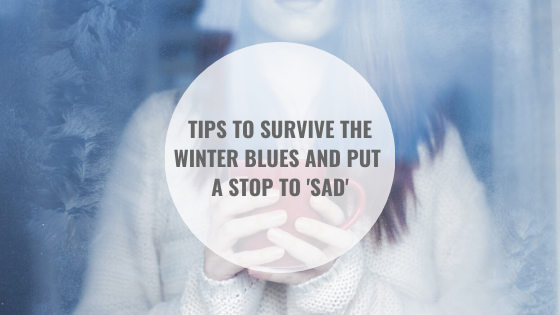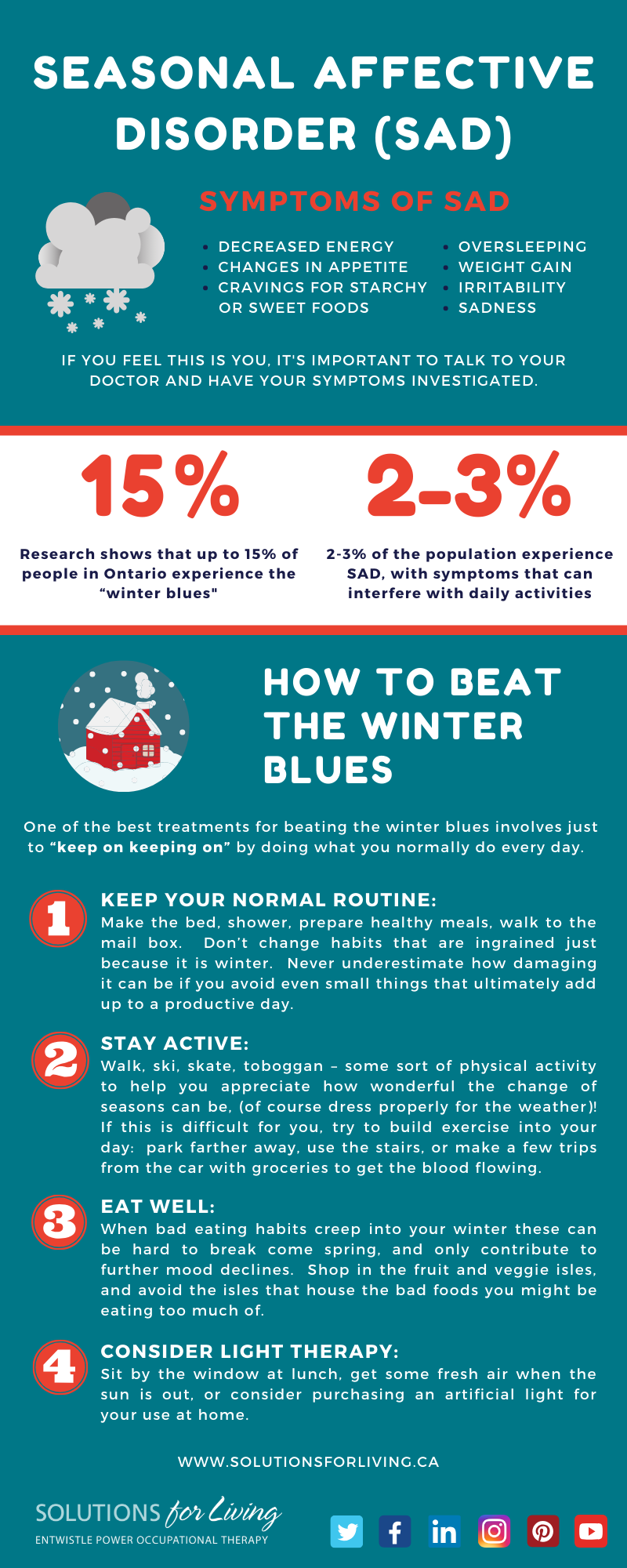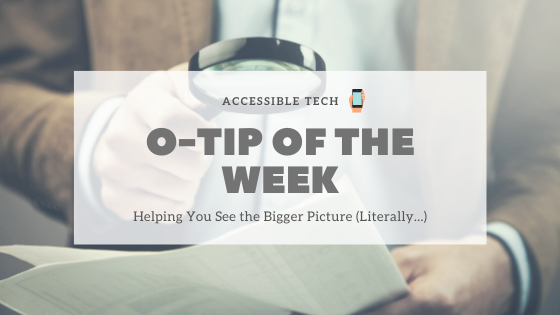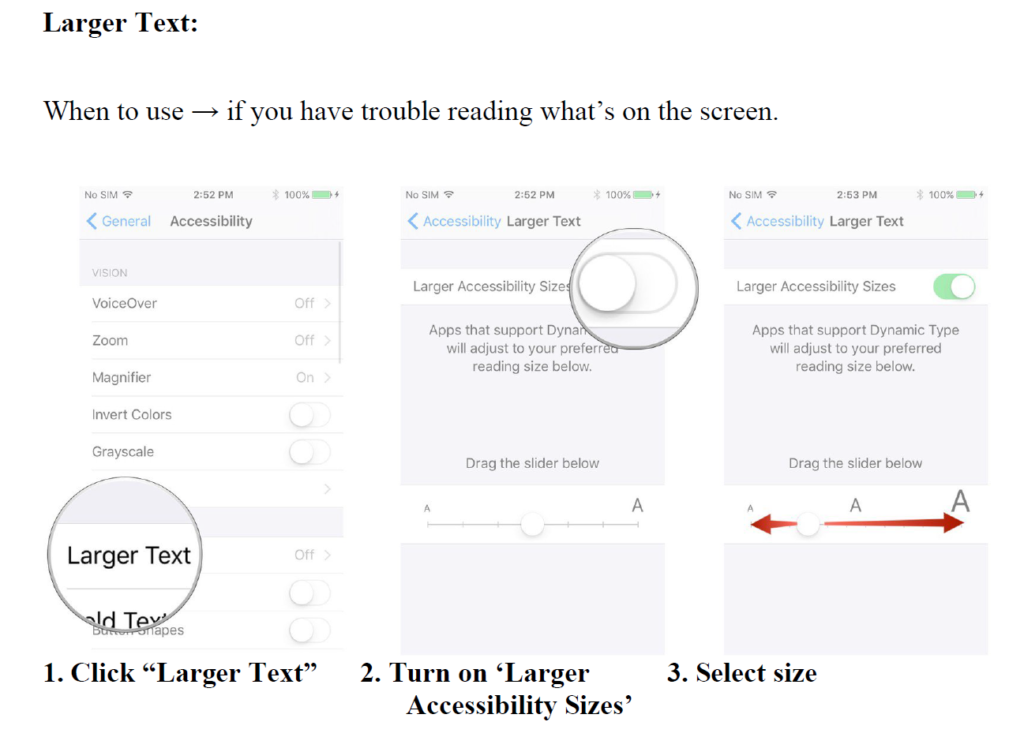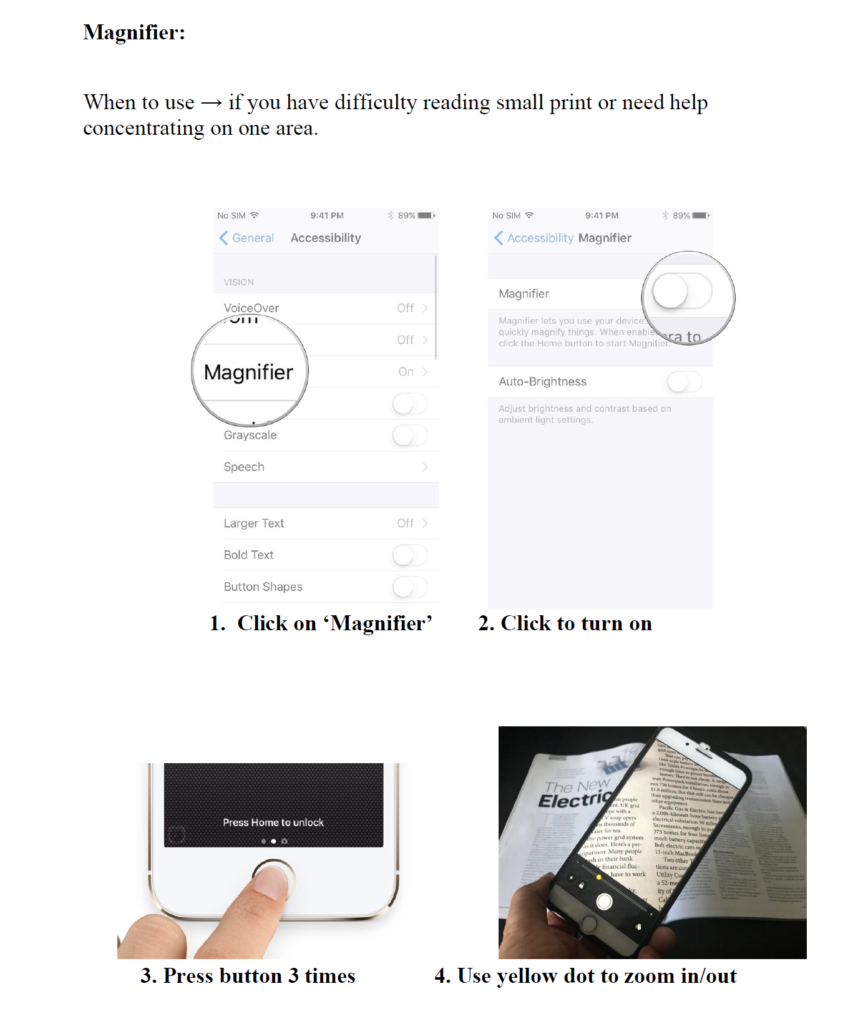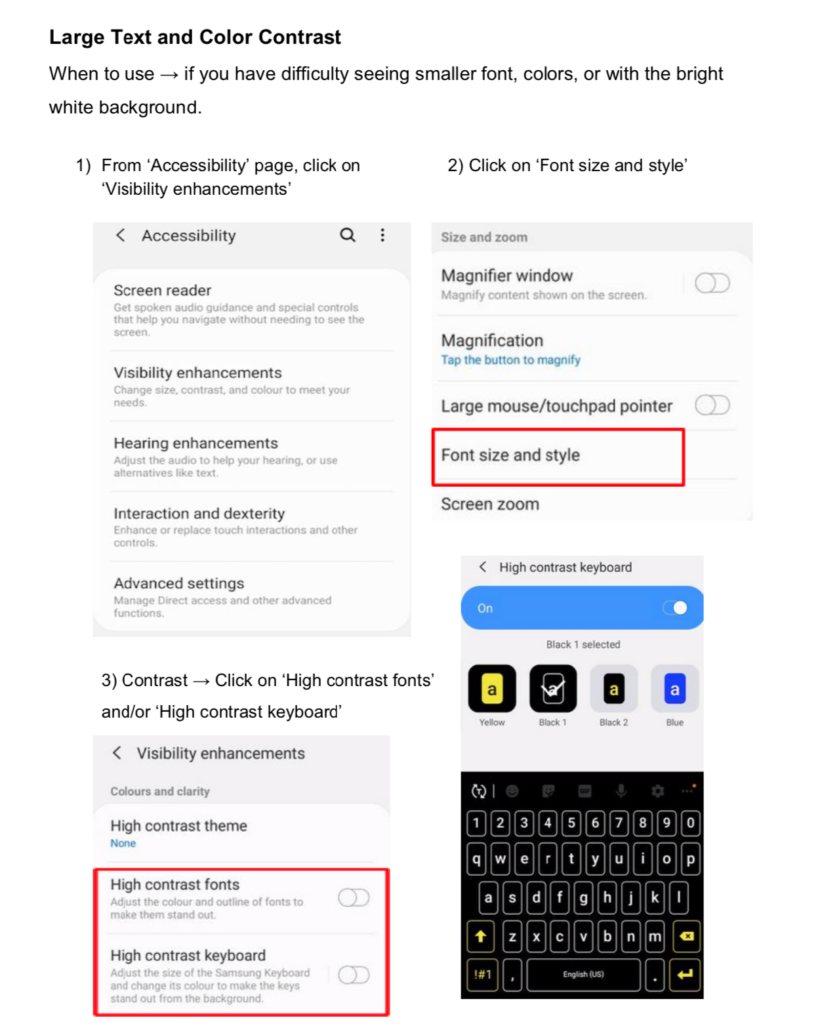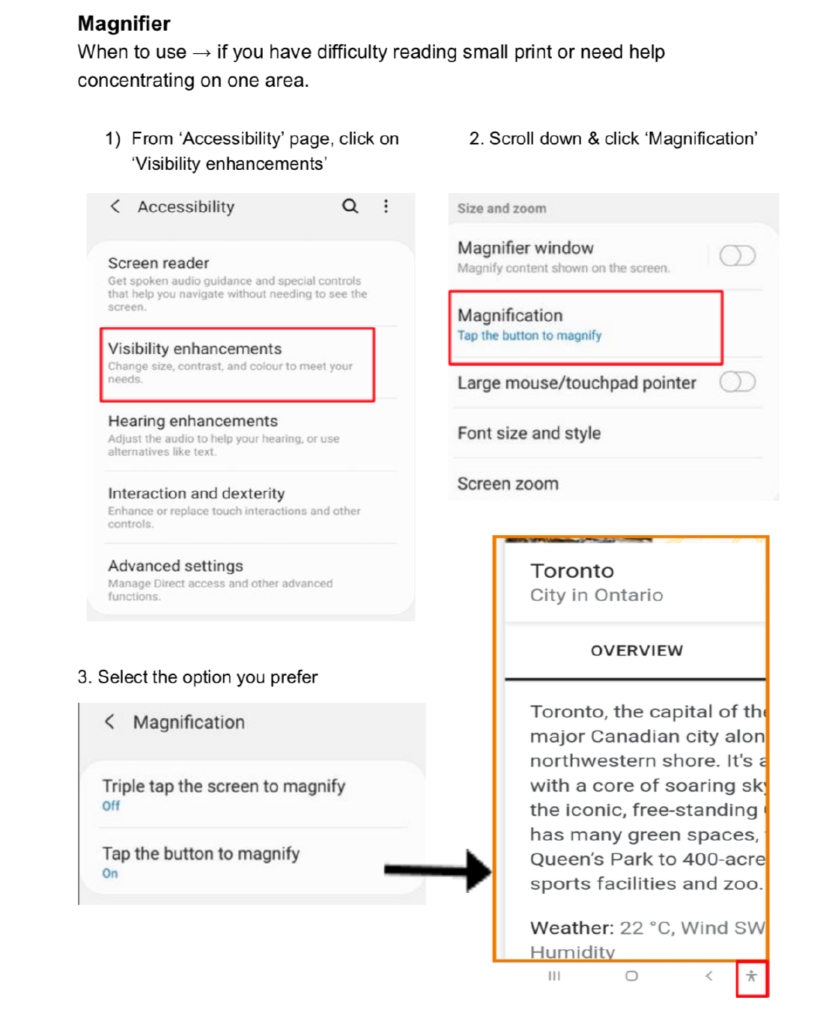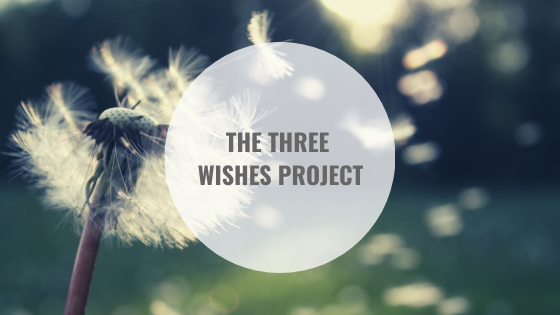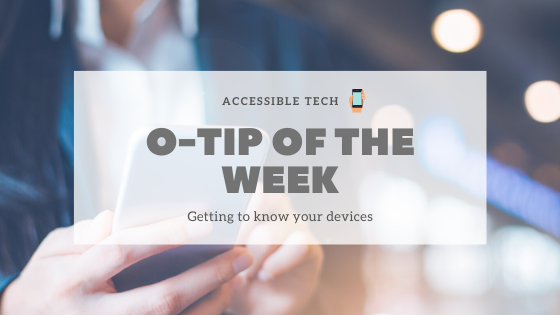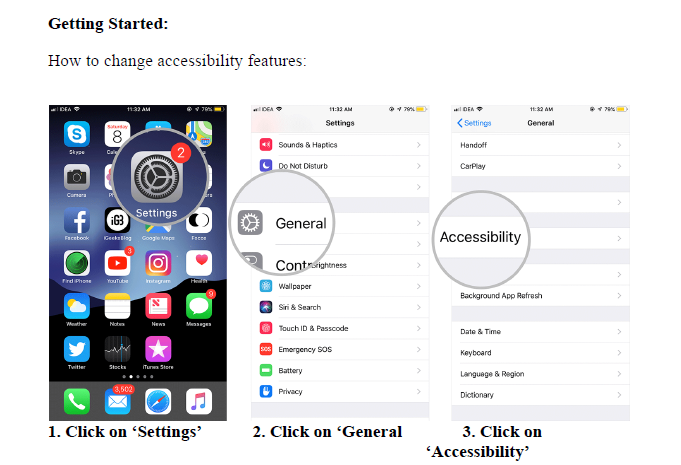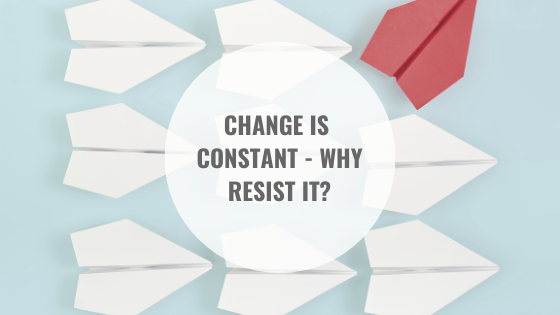Julie Entwistle, C.Dir. (c), MBA, BHSc (OT), BSc (Health / Gerontology)
A few years ago I volunteered at a chronic pain program by assisting with an after-program book study. This involved a group of program graduates getting together weekly to read and discuss the book A New Earth, by Eckhart Tolle. I was amazed at the transformations in attitude, beliefs, and thoughts that came from people reading and discussing this very impactful novel. In fact, some of the benefits we witnessed, and the things people discussed were revolutionary, and I would even argue evolutionary.
Recently I picked up this book again. Despite some heavy content, some of the examples are life-changing and the messaging vital. In one section of the book, Eckhart talks about the need to “evolve or die”. How true. In fact, this is always our choice when faced with any change, uncertainty, or interruption in how we manage. People seem to so strongly fight change, but change is both constant and inevitable. Why resist?
I have witnessed hundreds of people in my career that were faced with this same challenge – evolve or die. The ones that were able to overcome adversity, who could find, cherish and expand on ability, who were open to suggestions, coaching, and change, faired far better than those that resisted, clung to the past, and refused to adapt. I remember one client, many years after her accident, talking to me about her chronic pain, depression, and physical appearance. She said, “I used to be a gymnast”. My response was, “So was I – 30 years ago”. She laughed. Identifying that she continued to live in the very distant past helped me (and her) to understand where she was getting stuck, and explained why she was not progressing in the rehabilitation process. Once she could accept her new “normal”, she started to make significant progress in resuming things she used to enjoy, while also finding new meaningful and productive activities she never imagined trying.
Here is an example that relates strongly to my role as an OT who works with people who are suddenly and significantly injured in an auto accident (page 57):
“whenever tragic loss occurs, you either resist or you yield. Some people become bitter or deeply resentful; others become compassionate, wise and loving. Yielding means inner acceptance of what is. You are open to life. Resistance is an inner contraction, a hardening of the shell of the ego. You are closed. Whatever action you take in a state of inner resistance (which we could also call negativity) will create more outer resistance, and the universe will not be on your side; life will not be helpful. If the shutters are closed, the sunlight cannot come in”.
So, given the choice between evolve or die, let’s not only choose “evolve” but let’s also make an effort to live that way. Evolution is difficult – it requires an open mind, hard work, and a positive and accepting attitude. It often needs people to accept new opinions, ideas and even help. This is not our nature, but if we can wrap our head around the fact that we are “evolving”, it makes challenges seem surmountable. It can let the light in.
Previously posted September 2013

